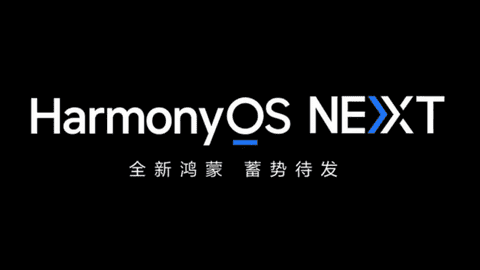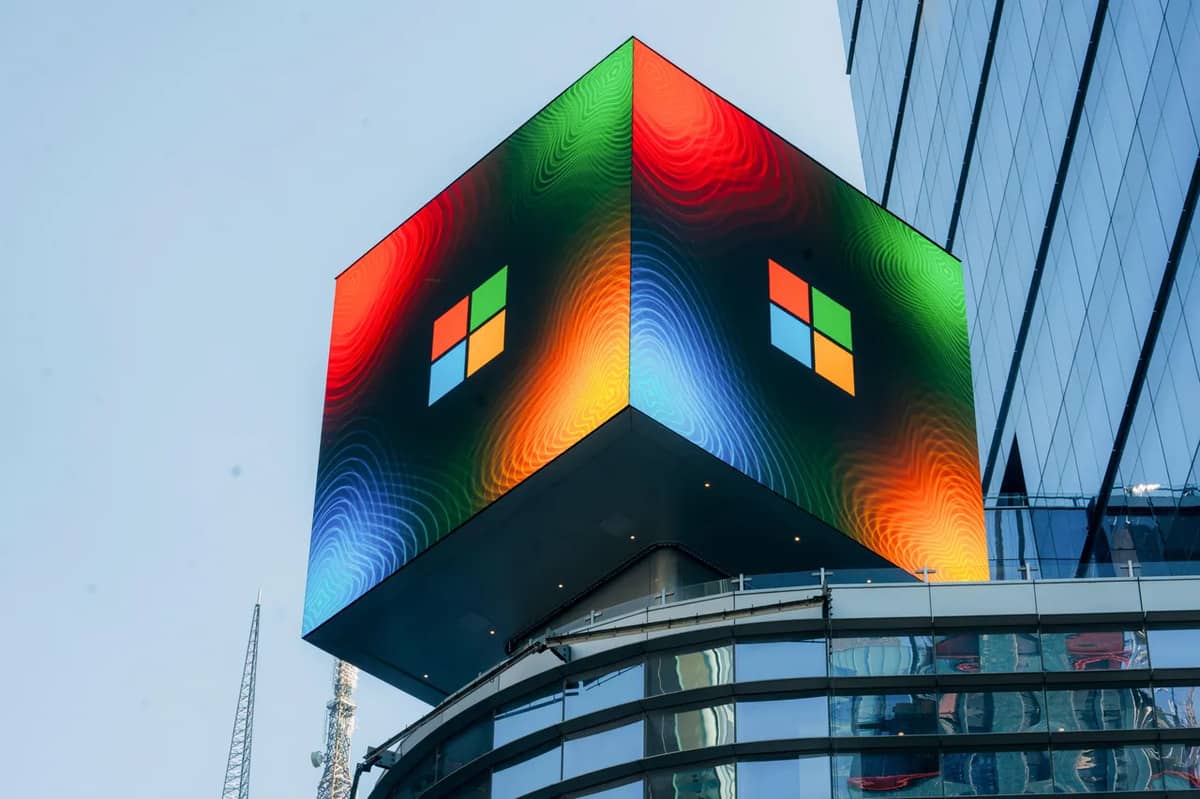Huawei has officially announced the HarmonyOS NEXT, the latest iteration of its proprietary operating system. Unlike previous versions, HarmonyOS NEXT will be a fully independent system, breaking away from the Android architecture and not supporting Android applications.
The new OS is built on Huawei’s custom unified proprietary system, replacing the old HarmonyOS multikernel with a single framework kernel. It features a rich execution environment (REE) version of the HarmonyOS microkernel at its core, along with a new kernel architecture based on OpenHarmony and its kernel abstraction layer.
Huawei has begun recruiting developers and pioneer users for the HarmonyOS NEXT beta testing, with plans to release the commercial version in the fourth quarter of 2024. The company aims to partner with enterprises, universities, and institutions to train over 100,000 HarmonyOS developers monthly and incentivize the development of native applications through its Yaoxing Plan, investing over $9.84 billion.
Huawei believes HarmonyOS NEXT can become the world’s third major mobile operating system, surpassing iOS in the Chinese market. The company has already secured commitments from over 200 software companies to develop native HarmonyOS apps, targeting 5,000 collaborative apps by the end of 2024 and 500,000 in the long term.
By removing all Linux and Android source code, Huawei aims to make HarmonyOS NEXT a truly independent system, free from any potential U.S. restrictions.
The new OS is also expected to be more efficient, utilizing memory three times more efficiently compared to Android on Huawei’s Kirin chipsets.











